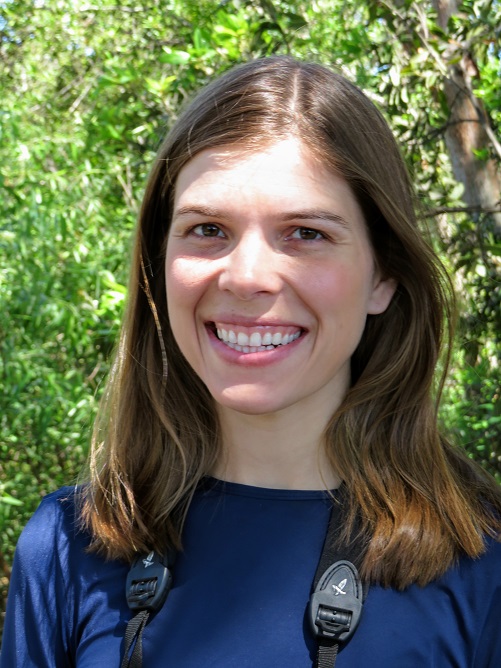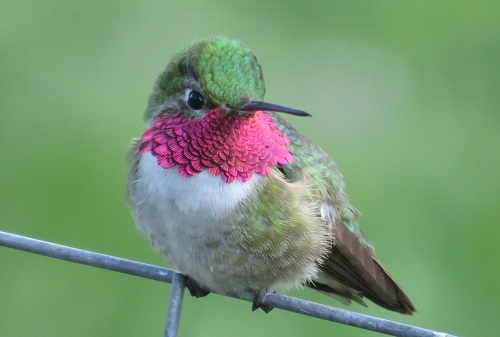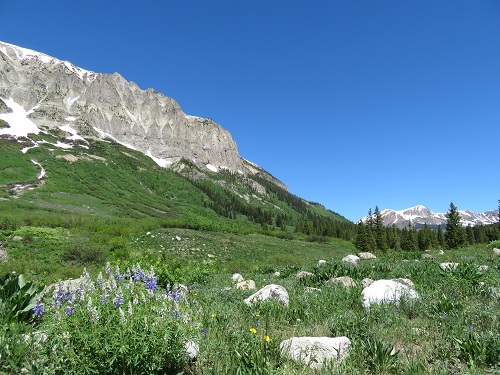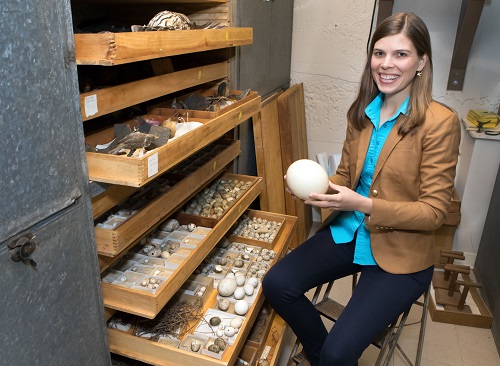 Dr. Mary Caswell (Cassie) Stoddard
Dr. Mary Caswell (Cassie) Stoddard
Assistant Professor
Department of Ecology and Evolutionary Biology
Princeton University
Start Date: 2016
PhD: Department of Zoology, University of Cambridge; advisor: Prof. Rebecca Kilner
Postdoc: Junior Fellow in the Harvard Society of Fellows
About the department:
I am an Assistant Professor at Princeton University in the Department of Ecology and Evolutionary Biology. Princeton is an exciting place to be a biologist because so much high-powered scientific research happens on a relatively compact campus. This makes it possible to create and maintain interdisciplinary collaborations. The EEB Department is particularly dynamic, and I feel fortunate to work with great colleagues and students.
About the research:
In my lab, we explore key questions in evolution, behavior and sensory ecology, with a focus on avian vision and coloration as well as on the development and structure of avian eggs. How do birds perceive color? Why do eggs come in different shapes? Do cuckoos mimic the patterns of host eggs? How do eggshells break? To answer these questions, we apply techniques from math, optics, computer vision and bioengineering. Our current work takes us to the collections of the American Museum of Natural History (NYC) and to the Rocky Mountain Biological Laboratory, where we are investigating hummingbird color perception.
What has been the biggest surprise so far about being a new PI?
In the last year, my lab has grown to include several postdocs, graduate students and a research technician. It was difficult to predict how this new group would mesh – in terms of personalities, scientific backgrounds and work habits. Perhaps the most rewarding part of this year – and the best surprise – has been watching my lab members grow into a cohesive and collaborative unit. To be a part of that group energy and creativity as the PI is exhilarating.
What does becoming a SSE member mean to you or your career?
To me, what stands out about the SSE is its enthusiastic support of young evolutionary biologists – in the form of travel awards and research grants for undergraduates, graduate students and postdocs. This kind of support is essential, and the SSE has made it a top priority. I was extremely honored to be awarded the Dobzhansky Prize, another mechanism by which the SSE endorses the work of early-career researchers.
Do you remember your first publication in Evolution or Evolution Letters ? As an undergraduate, I remember flipping through the hard-copy issues of Evolution in the reading area outside my advisor’s office. It would be a few years before I submitted something to Evolution myself, an article on cuckoo egg color mimicry. I spent hours designing a potential image for the cover, a series of cuckoo eggs ranging from excellent to poor forgeries. When it was selected, I was thrilled. I still have a copy of that issue in my office.
Besides research, how do you promote science?
Much of my research has been based at natural history museums, which provide a wonderful forum for public outreach. My most memorable experiences were working with the Young Zoologists Club at the University of Cambridge Museum of Zoology and teaming up with an artist at the Harvard Museum of Natural History to teach a course on the art and science of bird feather color. Now that we are conducting research at the American Museum of Natural History, we look forward to getting more involved with the museum’s education and outreach efforts. Some of our research was recently highlighted in the museum’s Dinosaurs Among Us exhibit.
Do you teach evolution? What concept blows students’ minds?
I teach a sensory ecology and evolution class for undergrads. The most mind-bending concept for students? The idea that many animals have sensory experiences outside our own – like ultraviolet vision, echolocation, magnetoreception – and that this completely shapes animal behavior and evolution. And the fact that mantis shrimp have so many different color cones in their eyes, which admittedly blows my mind, too.
Do you have a favorite science podcast or blog?
I am a big fan of Science Podcast and the work of science writer Ed Yong.
What one piece of advice would you give to a starting graduate student?
My advice would be to start on a small project, so that you can get your feet wet – collecting and analyzing data, engaging with the literature, coming up with new ideas, writing a first draft. Don’t feel like you have to have your whole PhD mapped out from the start – that will fall into place eventually.
What do you enjoy doing in your free time?
I like birding (naturally) and occasionally I dust off my violin. I played in a Celtic fiddle band in grad school.
 Dr. Mary Caswell (Cassie) Stoddard
Dr. Mary Caswell (Cassie) Stoddard

